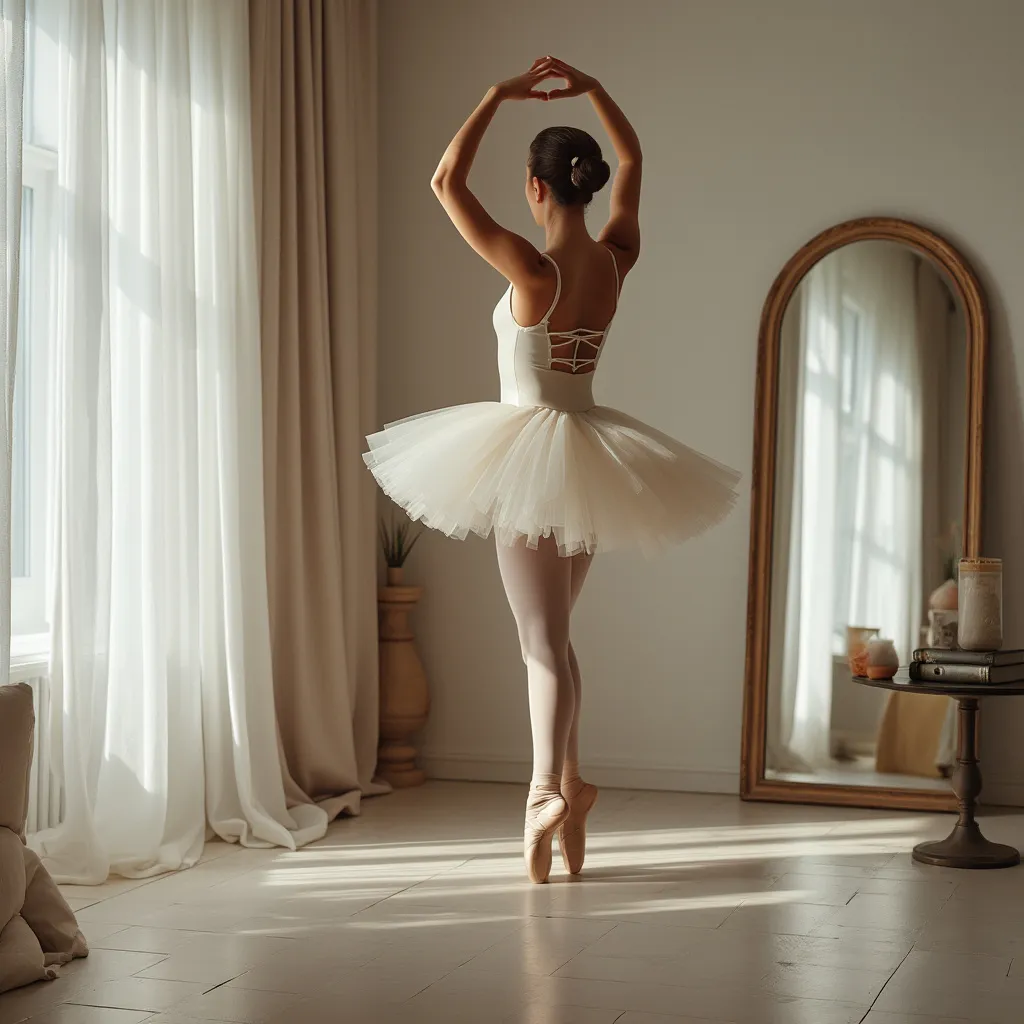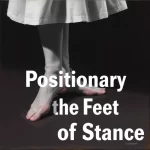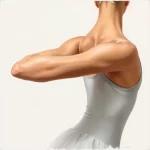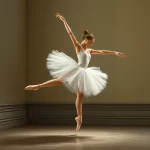How Ballet Terms Vary Across Different Schools
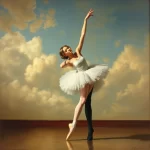
Introduction
Ballet, a highly disciplined and graceful form of dance, has a rich history that spans centuries and continents. As ballet evolved, different schools and styles emerged, each with its own unique terminology and techniques. Understanding how ballet terms vary across different schools is essential for dancers, instructors, and enthusiasts alike. This article delves into the nuances of ballet terminology across various schools, including the French, Russian, Italian, and American methods, among others.
The French School
Historical Background
The French school of ballet is one of the oldest and most influential. It traces its origins to the court of King Louis XIV in the 17th century. The French school is known for its elegance, precision, and emphasis on clean lines and fluid movements.
Key Terminology
The French school has contributed significantly to the lexicon of ballet. Many of the terms used universally in ballet today have French origins. Some key terms include:
- Plié: A bending of the knees.
- Relevé: Rising onto the balls of the feet.
- Jeté: A leap from one foot to the other.
- Arabesque: A position where one leg is extended behind the body.
Unique Characteristics
The French school emphasizes a smooth, flowing style with an emphasis on grace and poise. The terminology is often descriptive, focusing on the aesthetic quality of the movements.
The Russian School
Historical Background
The Russian school of ballet, also known as the Vaganova method, was developed by Agrippina Vaganova in the early 20th century. It combines elements of the French, Italian, and other European schools, creating a unique and rigorous training method.
Key Terminology
While the Russian school uses many of the same terms as the French school, there are some notable differences and additions:
- Pas de bourrée couru: A running step.
- Fouetté: A whipping turn.
- Développé: A movement where the leg is drawn up and extended.
- Épaulement: The positioning of the shoulders and head.
Unique Characteristics
The Russian school is known for its athleticism, expressiveness, and dramatic flair. The terminology often reflects the dynamic and powerful nature of the movements.
The Italian School
Historical Background
The Italian school of ballet, also known as the Cecchetti method, was developed by Enrico Cecchetti in the late 19th and early 20th centuries. It is renowned for its rigorous technical training and emphasis on strength and precision.
Key Terminology
The Italian school has its own set of terms, some of which differ from the French and Russian schools:
- Ballon: The light, elastic quality in jumping.
- Enrico Cecchetti: A specific set of exercises and techniques developed by Cecchetti.
- Adage: Slow, controlled movements.
- Manèges: Circular patterns of movement.
Unique Characteristics
The Italian school places a strong emphasis on clean, precise technique and the development of a strong, supple body. The terminology often reflects the technical and disciplined nature of the training.
The American School
Historical Background
The American school of ballet, particularly the Balanchine method, was developed by George Balanchine in the mid-20th century. It incorporates elements from various European schools but has its own distinct style and terminology.
Key Terminology
The American school uses many of the same terms as the French, Russian, and Italian schools but also includes some unique terms and variations:
- Balanchine arabesque: A specific type of arabesque with a more open hip position.
- Pas de chat: A cat-like leap.
- Serpentine: A sinuous, snake-like movement.
- Off-balance: Movements that intentionally shift the dancer’s center of gravity.
Unique Characteristics
The American school is known for its speed, clarity, and innovative use of space. The terminology often reflects the modern, dynamic nature of the movements.
Comparative Analysis
Commonalities
Despite the differences in terminology, there are many commonalities across the various schools of ballet. All schools emphasize the importance of technique, discipline, and artistry. Many of the basic movements and positions are similar, even if they are described using different terms.
Differences
The differences in terminology often reflect the unique characteristics and priorities of each school. For example, the French school emphasizes elegance and fluidity, while the Russian school focuses on athleticism and expressiveness. The Italian school prioritizes precision and strength, while the American school values speed and innovation.
FAQ
Why do ballet terms vary across different schools?
Ballet terms vary across different schools because each school has its own unique history, training methods, and stylistic priorities. These differences are reflected in the terminology used to describe movements and positions.
Are there any universal ballet terms?
Yes, there are many universal ballet terms, particularly those with French origins. Terms like plié, relevé, and arabesque are widely used and understood across different schools of ballet.
How can dancers adapt to different ballet terminologies?
Dancers can adapt to different ballet terminologies by studying the specific terminology of each school and practicing the corresponding movements. It can also be helpful to work with instructors who are familiar with multiple schools of ballet.
Is it important to learn the terminology of different ballet schools?
Yes, learning the terminology of different ballet schools can enhance a dancer’s versatility and understanding of the art form. It can also be beneficial for those who wish to teach or perform in different styles of ballet.
Can ballet terminology evolve over time?
Yes, ballet terminology can evolve over time as new styles and techniques are developed. Contemporary choreographers and instructors may introduce new terms or adapt existing ones to suit their artistic vision.
Conclusion
Ballet is a diverse and dynamic art form with a rich history and a wide range of styles. Understanding how ballet terms vary across different schools can deepen one’s appreciation for the art and enhance one’s ability to learn and perform. Whether you are a dancer, instructor, or enthusiast, exploring the unique terminology of each school can provide valuable insights into the world of ballet.

